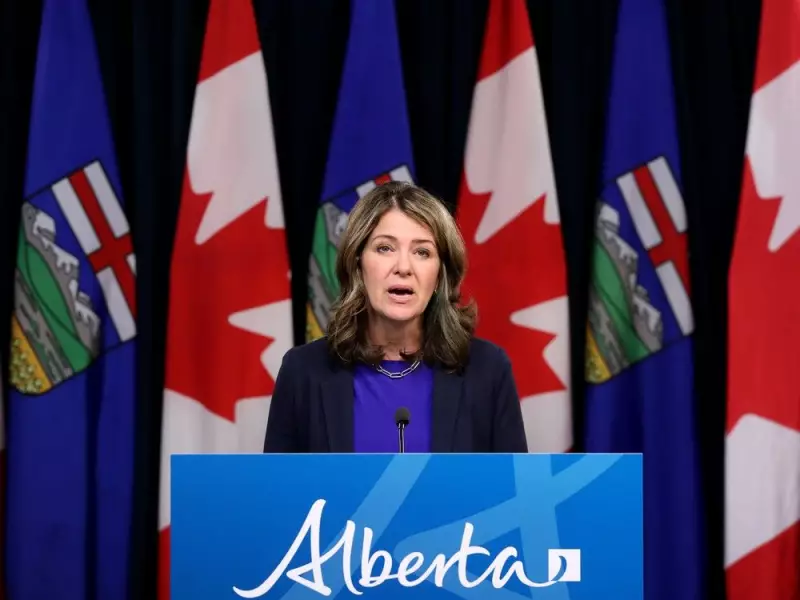
In the heart of Canada's constitutional framework lies a rarely-used provision that's suddenly taking center stage in political battles across the country. The notwithstanding clause, officially known as Section 33 of the Charter of Rights and Freedoms, represents one of the most powerful tools in provincial governments' arsenals.
What Exactly Is This Constitutional Power?
The notwithstanding clause allows provincial legislatures or the federal Parliament to temporarily override certain Charter rights. When invoked, legislation can operate despite conflicting with fundamental freedoms, legal rights, or equality rights protected by the Charter.
This constitutional provision was born from intense negotiations during the patriation of Canada's Constitution in 1982. It serves as a compromise between protecting individual rights and preserving parliamentary sovereignty.
Why Saskatchewan's Battle Matters
Recently, Saskatchewan's government has thrust this obscure constitutional tool into the spotlight. The province preemptively used the notwithstanding clause in its Parents' Bill of Rights legislation, specifically to shield policies requiring parental consent for students under 16 who want to change their gender-related names or pronouns at school.
This move came after a court injunction temporarily blocked the policy, with the judge noting it would cause "irreparable harm" to vulnerable youth. By invoking Section 33, Saskatchewan essentially told the courts: "We're proceeding anyway."
The Five-Year Limit: A Built-in Safety Valve
One crucial feature of the notwithstanding clause is its temporary nature. Any use of Section 33 automatically expires after five years, though legislatures can re-enact it indefinitely. This sunset provision forces regular reconsideration of whether the override remains necessary.
This time limit reflects the delicate balance the clause attempts to strike—giving governments flexibility while maintaining ultimate Charter protection.
A Growing Trend in Canadian Politics
While historically rare, use of the notwithstanding clause is becoming more common. Quebec famously used it in its language laws, and Ontario recently threatened its use in labor disputes.
Legal experts note this represents a significant shift in Canada's constitutional culture. What was once considered a "nuclear option" is increasingly becoming part of regular political strategy.
What This Means for Your Rights
When a government invokes the notwithstanding clause, it can temporarily suspend your:
- Fundamental freedoms (religion, expression, assembly)
- Legal rights (life, liberty, security)
- Equality rights
However, it cannot override democratic rights, mobility rights, or language rights.
The Ongoing Debate: Necessary Tool or Threat to Rights?
Supporters argue the clause provides an essential check on judicial power, ensuring elected officials have the final say on important policy matters. Critics counter that it undermines the very purpose of having a Charter of Rights.
As Saskatchewan's case moves forward, all eyes will be on how this constitutional power play unfolds—and whether other provinces will follow suit in using what was once Canada's most controversial constitutional provision.





